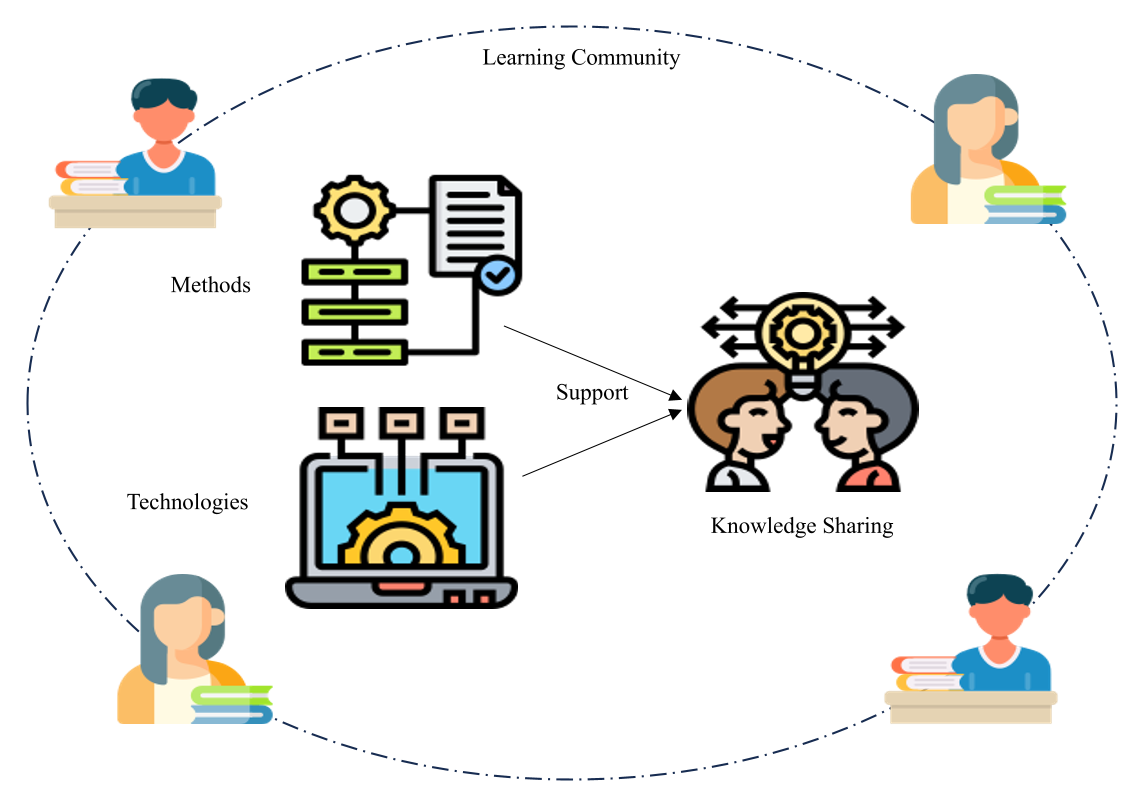Using Google Trends for Real-Time Sourcing Intelligence
Global sourcing in 2025 is no longer driven by guesswork or delayed reports. Modern procurement strategies demand real-time, data-informed insights. One of the most powerful—and often overlooked—tools for this purpose is Google Trends.
Google Trends offers up-to-the-minute visibility into what consumers are searching for worldwide. By analyzing these patterns, sourcing professionals can better anticipate demand shifts, identify emerging markets, and make smarter purchasing decisions.
From fashion and electronics to raw materials and seasonal products, the ability to act on search interest data can give brands and sourcing agents a decisive edge in an increasingly volatile global trade environment.
What Is Google Trends?
Google Trends is a free analytics tool from Google that tracks search queries across regions, languages, and time frames. It doesn’t just show volume—it shows how interest in a topic is changing. This relative interest is key when comparing products, markets, or sourcing categories.
For instance, if “biodegradable packaging” starts trending in North America during Q2, sourcing professionals can begin looking for environmentally friendly suppliers months ahead of competitors. The insights allow for proactive supplier discovery, not reactive ordering.
Real-Time Data for Better Forecasting
Traditional sourcing relies on forecasts built from last year’s sales, seasonal charts, and supply chain reports. However, in fast-moving sectors like consumer electronics or lifestyle apparel, that data may already be obsolete.
Using Google Trends, a sourcing manager can compare product interest by region. If a certain product like “electric kettles” spikes in demand in the U.S. but drops in Europe, it signals a shift in consumer behavior worth capitalizing on.
To move on these insights efficiently, working with a bestsourcing agent ensures the data is transformed into action. Agents on the ground can validate supplier capacity, negotiate quotes, and arrange samples quickly—bridging digital analysis with physical execution.
Spotting Microtrends and Niche Opportunities
Beyond broad categories, Google Trends can reveal microtrends—small but fast-rising product types that often go unnoticed until it’s too late. Examples include niche beauty tools, eco-alternatives to plastics, or viral TikTok-influenced gadgets.
A spike in search volume may not mean the product is mainstream yet, but it could indicate a growing niche. Acting early gives brands a competitive advantage and avoids bidding wars later. This kind of intelligence supports agile sourcing strategies.
A bestsourcing agent Asia can identify small-batch factories and specialized suppliers aligned with these trends. Such partnerships are vital when large-scale producers are not yet interested in lower-MOQ orders typical of emerging categories.
Competitor Intelligence Through Search Behavior
You can also compare multiple products or brands in Google Trends. Monitoring competitor-related terms shows where they’re gaining traction and how public sentiment shifts over time.
If your competitor sees rising interest in a “smart home thermostat,” it may be time to expand your smart device portfolio or improve your supplier cost structure.
Using this comparative data, a trusted bestsourcing agent can help negotiate exclusive contracts, secure early production slots, or even scout alternative product variations before a trend peaks.
Regional Demand Mapping
Google Trends allows sourcing teams to break down demand by geography. This is invaluable for allocating inventory and determining where to scale or slow production.
For example, a product may trend heavily in Southeast Asia but show declining interest in Western Europe. This suggests regional sourcing adjustments may be necessary to avoid overstock or missed sales opportunities.
With localized demand insight, a bestsourcing agent Asia can fine-tune procurement volumes based on actual consumption trends. This alignment improves cash flow, warehouse turnover, and ROI.
Seasonality and Event-Driven Trends
Google Trends is not just about products—it can predict seasonal cycles. From Chinese New Year and Ramadan to back-to-school season and Black Friday, search behavior shifts ahead of peak buying windows.
When monitored carefully, these surges provide early warning signals to begin sourcing ahead of major consumer spikes. Whether it’s garments, electronics, or home goods, this timing can make or break margins.
By combining Google’s data with factory timelines, a bestsourcing agent ensures products are delivered on time and meet seasonal expectations—without costly air freight or last-minute changes.
Limitations and Human Intelligence
While Google Trends offers speed and scale, it doesn’t replace human judgment. Not every spike in search interest translates to sustained demand. Some trends fade within weeks, while others take months to gain traction.
This is where a strong agent relationship comes in. The best agents assess if local suppliers can handle a new trend, meet compliance requirements, and scale quickly. Without their insight, brands may misinterpret digital signals.
Choosing a bestsourcing agent Asia with strong regional networks and product category expertise ensures that data is verified before resources are committed.
Integrating Google Trends Into Sourcing Workflows
To maximize Google Trends, integrate it into weekly sourcing meetings. Assign team members to track search trends related to your product lines. Use the tool to prepare quarterly sourcing roadmaps.
Combine this with input from on-the-ground agents to validate feasibility. Build dashboards that correlate Google Trends data with order volumes, shipping times, and supplier availability.
This blended intelligence model creates a dynamic sourcing strategy—responsive to market signals, but grounded in operational capability.
Conclusion
In today’s fast-paced sourcing environment, timing and agility are everything. Google Trends provides a window into global consumer intent that, when used properly, offers a distinct strategic edge.
But the tool is only as powerful as the action it inspires. Partnering with a bestsourcing agent ensures your insights are executed effectively. Real-time intelligence must be paired with real-world expertise to reduce risk and optimize results.
Whether you’re tracking regional demand, exploring new categories, or forecasting production volumes, a bestsourcing agent Asia is an indispensable partner. Together, data and local knowledge build smarter, faster, and more resilient sourcing operations.

